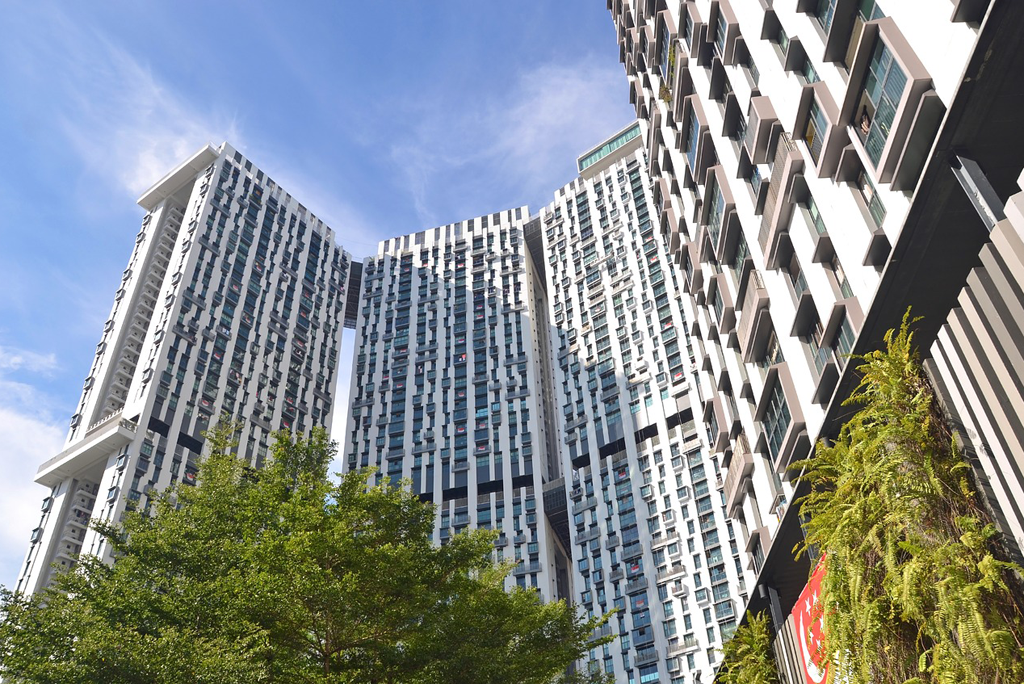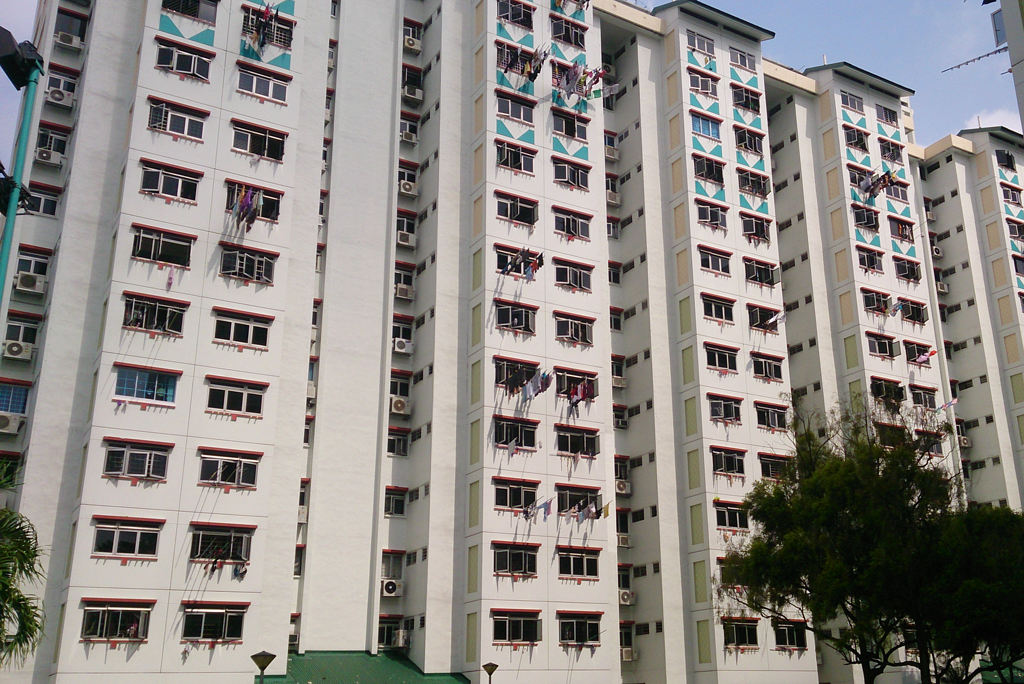Undeniably, purchasing a property is a major decision, and probably the heaviest financial commitment for most of us. However, the use of Central Provident Fund (CPF) to pay the down payment and make monthly financial obligations has been a popular and widely-considered option for many home buyers in Singapore.
Are you, too, considering to finance your new home with CPF savings in the near future? Here is a short list of Frequently Asked Questions (FAQs) to clear your doubts:
First of all, what exactly is CPF? What are the types of CPF Accounts and returns on CPF?
First introduced in 1955, CPF is a compulsory social security savings scheme for Singaporeans and Permanent Residents (PRs) who are employed, with mandated amounts contributed by both employers and employees (20% of wage from employees, 17% from employers) on a monthly basis.
Perhaps the most familiar benefit we are aware of is that CPF serves to meet our healthcare and housing needs, lightening the financial burden of high healthcare and housing costs in Singapore. Besides enabling us to have a secure retirement with sufficient savings, it also offers family protection and asset enhancement opportunities under the Dependents’ Protection Scheme and CPF Investment Scheme respectively.
The monthly contributions by you and your employer go into three types of CPF Accounts:
(i) Ordinary Account which can be used to buy a property, pay for CPF insurance, investments, and education;
(ii) Special Account which is primarily for old age and investment in retirement; and
(iii) Medisave Account which can be used to pay hospitalization expenses and approved medical insurance.
CPF savings earn a minimum guaranteed return of 2.5% p.a. pegged to a long-term bond rate, while Special and Medisave accounts yield a minimum of 4% of interest. Furthermore, an additional 1% is paid on the first $60,000 of a member’s combined CPF balance. From 2016 onwards, members aged 55 and above get an additional 1% on the first $30,000 as well.
Can I use CPF savings to purchase a property?
Yes. Ever since its launch in 1968 to boost home ownership in Singapore, home ownership has increased to more than 90% in the nation.
As part of the CPF Home Ownership Scheme, the savings in your Ordinary Account can be used to buy a property. You are allowed to purchase an HDB flat under the Public Housing Scheme, or a private property under the Private Properties Scheme. Your CPF savings can be used for full or partial payment of the property, and to service the monthly housing payments.
More specifically, your accumulated CPF in the Ordinary Account can be withdrawn as a lump sum payment at the time of purchase. However, this is valid only after you have paid the (a) Cash Over Valuation (COV); OR (b) cash down payment of at least 5% for Loan-To-Value (LTV) of 80%, or 10% for LTV of 60% of the Valuation Limit (VL). In addition, your monthly CPF contribution to the Ordinary Account can be used to repay the monthly mortgage servicing. If there is insufficient amount in your Ordinary Account, then unfortunately, CPF cannot be used to finance for property purchase.
What is the Valuation Limit (VL) and Cash Over Valuation (COV)?
Valuation Limit (VL) is the property price or property value, whichever is lower, at the time of purchase.
Example:
Purchase price = $650,000
Valuation = $600,000
Valuation Limit = $600,000
Cash Over Valuation (COV) is the positive difference between the property price and property value.
Example:
Purchase price = $650,000
Valuation = $600,000
Cash Over Valuation = $50,000
How much CPF can I use?
CPF of up to 100% of VL can be used for lump sum as well as monthly mortgage payment. It is important to note that when the total CPF withdrawn reaches the VL, we must set aside half of the prevailing Minimum Sum ($161,000 as of 2017) in the CPF account if we wish to withdraw more CPF up to the Withdrawal Limit (WL) — which is currently at 120% of VL.
What happens when I sell the property?
Prior to the sale of the property, you have to obtain the consent of the Board. In addition to the CPF savings that you have withdrawn e.g. the total of lump sum and monthly usage, the accrued interest to your CPF account must also be returned.
Are we allowed to use CPF savings jointly to purchase a private property?
Yes. The following group of members can jointly use CPF to buy a private property: Members of the immediate family e.g. spouses, parents, children and siblings or Non-related singles (unmarried, divorced or widowed) provided that they are currently not using CPF for any existing properties. The total CPF amount that can be withdrawn e.g. the lump sum and monthly instalments by all the joint owners should not exceed the Withdrawal Limit (WL) allowed.
Can I use CPF savings to pay for the following home purchase related expenses?
| (a) Legal fee, stamp duty and the Additional Buyer Stamp Duty (ABSD) (if applicable) | Yes, provided that you are also using CPF to purchase the property. |
| (b) Land and construction cost (for those intending to build your own property) | Yes. However, you can only withdraw your CPF savings after the issuance of Temporary Occupation Permit for the house. As such, you need to obtain a loan to finance the construction first, and apply to use CPF savings to repay this loan subsequently. |
| (c) Renovation, improvements and repairs to a private property | No, because these are consumptive in nature. |
Now that we’ve looked at how CPF savings can be utilized for home purchase, would you want to learn more about CPF housing grants and save even more? Check out our article – The Home Owner’s Guide To Leveraging on CPF Housing Grants to find out more!
To the best of our knowledge, the information contained herein is accurate and reliable at the time of publication.
Want to find the best mortgage rate in town? Check out our free comparison service to learn more!
Read more of our posts below!



